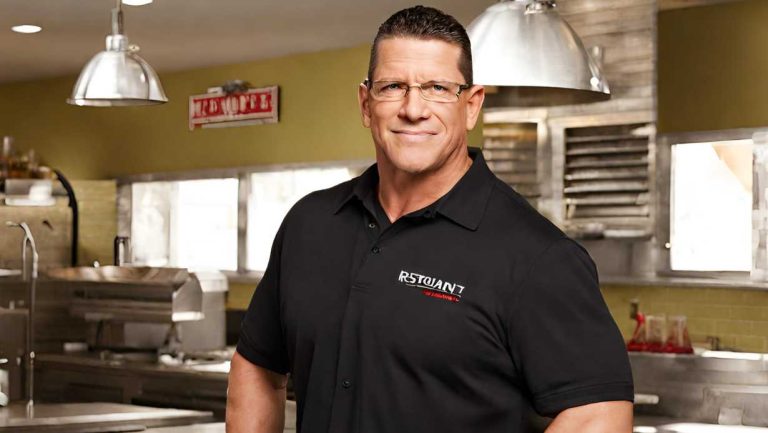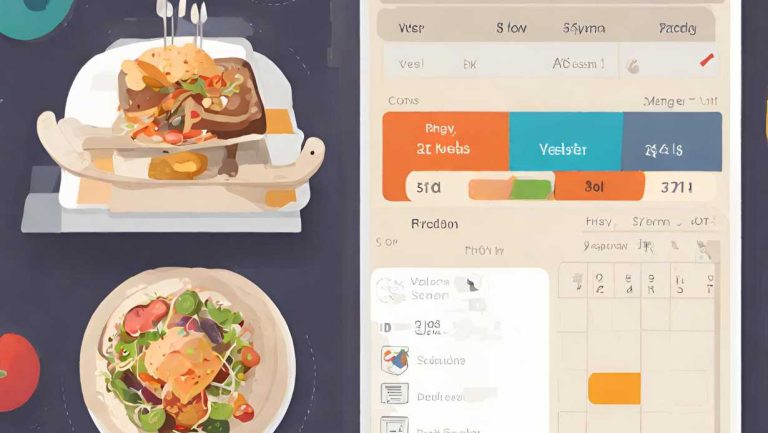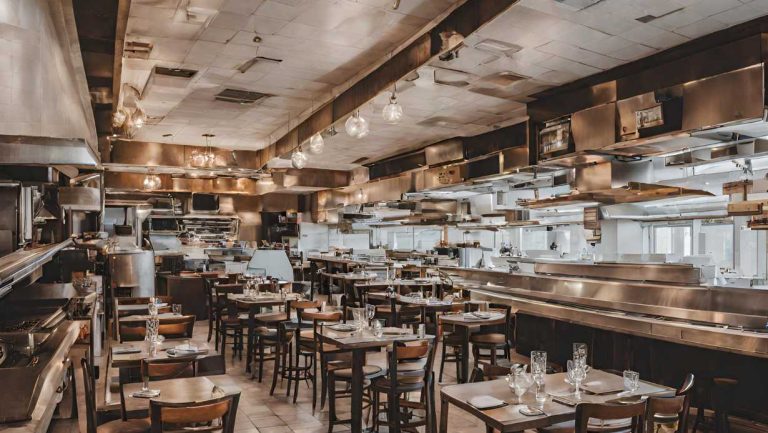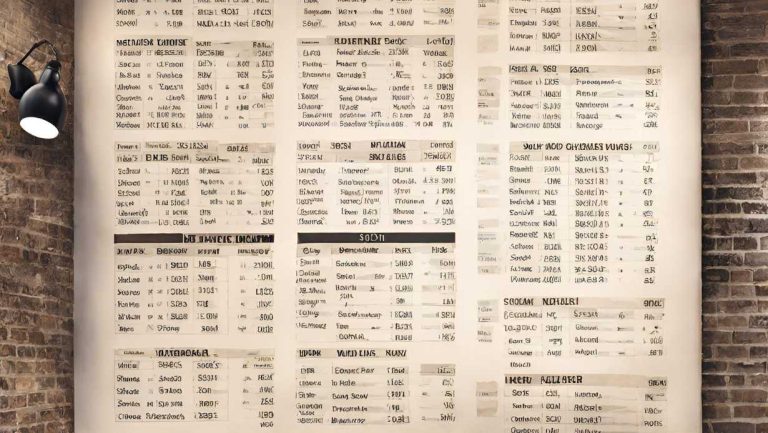How to schedule restaurant employees? In the bustling world of restaurant management, scheduling employees efficiently is crucial to ensure smooth operations and excellent customer service. A well-structured employee schedule not only meets the staffing needs of the restaurant but also considers factors such as peak hours, employee availability, and labor costs. In this comprehensive guide, we’ll explore effective strategies for scheduling restaurant employees, covering key considerations, best practices, and frequently asked questions to help restaurant owners and managers streamline their scheduling processes.
Understanding the Importance of Employee Scheduling
Employee scheduling plays a pivotal role in the success of a restaurant for several reasons:
- Optimal Staffing Levels: A carefully crafted schedule ensures that the restaurant is adequately staffed during peak hours while avoiding overstaffing during slower periods.
- Employee Satisfaction: By taking into account employee preferences and availability, scheduling practices can contribute to higher employee morale and job satisfaction.
- Cost Control: Efficient scheduling practices help control labor costs by minimizing overtime hours, reducing unnecessary staffing, and optimizing resource allocation.
- Customer Service: A well-staffed restaurant can provide prompt service, minimize wait times, and deliver a positive dining experience for customers.
Key Strategies for Scheduling Restaurant Employees
- Understand Peak Hours: Identify the busiest times of the day or week for your restaurant and schedule more staff during these peak hours to handle the influx of customers effectively.
- Consider Employee Availability: Take into account employee availability preferences when creating the schedule to accommodate personal commitments and maintain work-life balance.
- Utilize Scheduling Software: Invest in scheduling software designed specifically for restaurants to automate the scheduling process, track employee hours, and streamline communication with staff.
- Rotate Shifts Fairly: Rotate shifts among employees fairly to distribute peak and off-peak hours equitably, avoiding burnout and resentment among staff members.
- Cross-Train Employees: Cross-training employees in different roles and tasks enables greater flexibility in scheduling and ensures coverage during staff shortages or unexpected absences.
- Communicate Clearly: Communicate the schedule to employees well in advance and provide a centralized platform for accessing shift details, making requests, and communicating with management.
- Monitor and Adjust: Continuously monitor staffing levels, customer traffic patterns, and employee performance to identify opportunities for improvement and make necessary adjustments to the schedule.
FAQs about Scheduling Restaurant Employees
How far in advance should restaurant employees receive their schedules?
It’s best practice to provide employees with their schedules at least one to two weeks in advance to allow sufficient time for planning and making any necessary adjustments.
What factors should I consider when creating a restaurant employee schedule?
Consider factors such as peak hours, employee availability, skill levels, labor budget, and anticipated customer demand when creating a restaurant employee schedule.
How can I handle last-minute scheduling changes or employee call-offs?
Develop a contingency plan for handling last-minute scheduling changes or employee call-offs, such as maintaining an on-call list of available staff or offering incentives for employees to fill in shifts.
Is it legal to schedule employees for split shifts or consecutive shifts without breaks?
Check local labor laws and regulations to ensure compliance with scheduling practices such as split shifts and break requirements, as these may vary by jurisdiction.
How can I ensure fair and equitable scheduling practices among my restaurant staff?
Implement transparent scheduling policies, rotate shifts fairly, consider employee preferences, and provide opportunities for feedback and input from staff members to ensure fair and equitable scheduling practices.
Final Words on How to Schedule Restaurant Employees
Effective employee scheduling is a critical component of successful restaurant management. By understanding the importance of employee scheduling, implementing key strategies, and addressing frequently asked questions, restaurant owners and managers can optimize staffing levels, improve employee morale, and enhance the overall dining experience for customers. With careful planning, communication, and flexibility, scheduling restaurant employees can become a streamlined and efficient process that contributes to the success and profitability of the business.












One Comment